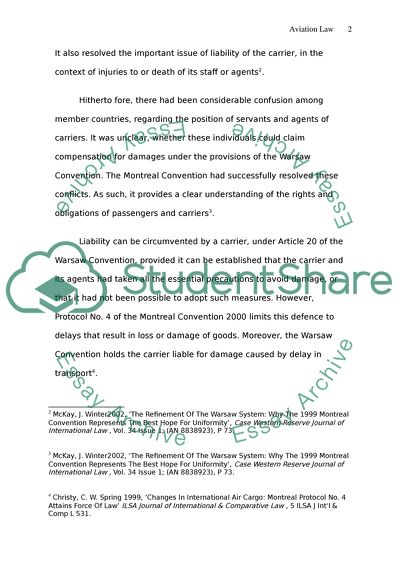Cite this document
(Aviation Law: Warsaw Convention Term Paper Example | Topics and Well Written Essays - 3000 words, n.d.)
Aviation Law: Warsaw Convention Term Paper Example | Topics and Well Written Essays - 3000 words. https://studentshare.org/law/1722498-aviation-law
Aviation Law: Warsaw Convention Term Paper Example | Topics and Well Written Essays - 3000 words. https://studentshare.org/law/1722498-aviation-law
(Aviation Law: Warsaw Convention Term Paper Example | Topics and Well Written Essays - 3000 Words)
Aviation Law: Warsaw Convention Term Paper Example | Topics and Well Written Essays - 3000 Words. https://studentshare.org/law/1722498-aviation-law.
Aviation Law: Warsaw Convention Term Paper Example | Topics and Well Written Essays - 3000 Words. https://studentshare.org/law/1722498-aviation-law.
“Aviation Law: Warsaw Convention Term Paper Example | Topics and Well Written Essays - 3000 Words”. https://studentshare.org/law/1722498-aviation-law.


